American Automotive Groups Are Formally Siding Against U.S. NAFTA Proposals

When Donald Trump took office, one of his first presidential acts was to rally domestic automakers for a series of meetings and promise to remove regulatory barriers. As the administration was a self-described ally to the car industry, the claim appeared genuine. There was some tough talk about foreign involvement but, for the most part, Trump appeared to be in domestic manufacturers’ corner.
As focus shifted toward the renegotiation of the North American Free Trade Agreement, automakers had one request: to not impede cross-border trade. It was their primary concern leading up to this week’s talks.
Two days later and the issue has become a major sticking point; placing auto industry groups from Canada, Mexico, and the United States at odds with the current administration. As NAFTA talks began in Washington, D.C., automaker and parts groups from all three countries began outright pleading with U.S. negotiators to abandon their push for tighter rules of origin. Now they are formally opposing it.
“Rules of origin, particularly on autos and auto parts, must require higher NAFTA content and substantial U.S. content. Country of origin should be verified, not ‘deemed,'” U.S. trade representative Robert Lighthizer said on Wednesday in his opening remarks, Reuters reports.
The Trump administration’s goal is to alter NAFTA in a manner that would reduce the United States’ trade deficit with Mexico. Lighthizer’s claim is that the deficit is costing U.S. jobs and hindering domestic manufacturing. “The numbers are clear,” he said. “The U.S. government has certified that at least 700,000 Americans have lost their jobs due to changing trade flows resulting from NAFTA. Many people believe that the number is much, much bigger than that.”
Mexican Economy Minister Ildefonso Guajardo and Canadian Foreign Minister Chrystia Freeland entered the talks saying they are not in favor of specific national rules of origin within NAFTA — and the auto industry agrees.
“We certainly think a U.S.-specific requirement would greatly complicate the ability of companies, particularly small- and medium-size enterprises, to take advantage of the benefits of NAFTA,” said Matt Blunt, president of the American Automotive Policy Council.
Analysts have claimed the 700,000 jobs figure is a bit misleading. While most admit that jobs were lost to Canada and Mexico, they were primarily manufacturing jobs and likely offset by new jobs in other industries.
A nonpartisan Congressional Research Service has closely examined NAFTA and concluded the “overall net effect of NAFTA on the U.S. economy has been relatively small.” The report noted, “U.S. trade with Mexico and Canada was already growing before NAFTA and it likely would have continued to do so without an agreement.” Its overall assertion is that the impact of NAFTA, especially in regards to domestic employment, is difficult to quantify. While 700,000 job losses over two-decades is noteworthy, it isn’t relevant if they were replaced in other industries or not a direct result of the trade agreement.
“In reality, NAFTA did not cause the huge job losses feared by the critics or the large economic gains predicted by supporters,” reads the Congressional Research Service’s report. “The net overall effect of NAFTA on the U.S. economy appears to have been relatively modest, primarily because trade with Canada and Mexico accounts for a small percentage of U.S. GDP. However, there were worker and firm adjustment costs as the three countries adjusted to more open trade and investment.”
However, as specious as the jobs figure may or may not be, the deficit is real. The United States has a vehicle and automotive parts trade deficit of roughly $74 billion with Mexico and around $5.6 billion with Canada. Lighthizer says this is unacceptable.
Lighthizer’s suggestion is for the tightening of verification requirements and parts tracing to determine whether companies meet the 62.5 percent North American content requirement for autos and 60 percent for components.
If you know anything about the makeup of modern-day automobiles, you can see how problematic this could be. Most vehicles already don’t adhere to this standard. Auto groups say the 1994 percentages would have to change or else domestic companies would have to source a glut of components from U.S. suppliers who might not have enough to go around or face steep tariffs for importing them.
“Anytime you say this list or a part of this list has to come from one specific country you’re going to hurt all three countries,” Flavio Volpe, president of Canada’s Automotive Parts Manufacturers Association, said.
“A car today probably has 25 to 30 percent advanced electronics, software content in it. In 1994, it had zero or 1 percent,” Volpe continued. “Could you address the tracing to help you get to NAFTA compliance level by capturing some of the work that’s being done in Silicon Valley or Waterloo, Canada? Yes.”

A staunch consumer advocate tracking industry trends and regulation. Before joining TTAC, Matt spent a decade working for marketing and research firms based in NYC. Clients included several of the world’s largest automakers, global tire brands, and aftermarket part suppliers. Dissatisfied with the corporate world and resentful of having to wear suits everyday, he pivoted to writing about cars. Since then, that man has become an ardent supporter of the right-to-repair movement, been interviewed on the auto industry by national radio broadcasts, driven more rental cars than anyone ever should, participated in amateur rallying events, and received the requisite minimum training as sanctioned by the SCCA. Handy with a wrench, Matt grew up surrounded by Detroit auto workers and managed to get a pizza delivery job before he was legally eligible. He later found himself driving box trucks through Manhattan, guaranteeing future sympathy for actual truckers. He continues to conduct research pertaining to the automotive sector as an independent contractor and has since moved back to his native Michigan, closer to where the cars are born. A contrarian, Matt claims to prefer understeer — stating that front and all-wheel drive vehicles cater best to his driving style.
More by Matt Posky
Latest Car Reviews
Read moreLatest Product Reviews
Read moreRecent Comments
- FreedMike Civic for the win based on looks. But continuing with the "but...Mazda" theme, I take a 3 over either of these.
- Buickman HI-LOW?
- Redapple2 175,000 miles? Wow. Another topic, Hot chicks drive Cabos at higher % than most other cars. I always look.
- Mister When the news came out, I started checking Autotrader and cars.com for stickshift Versas. There are already a handful showing at $15.3k. When anybody talks about buying a new Versa, folks always say that you're better off buying a nicer used car for the same money. But these days, $15.3k doesn't buy very many "nicer used cars".
- 28-Cars-Later A little pricy given mileage but probably not a horrible proposition for a Sunday car. The old saying is you're not buying a pre-owned car you're buying the previous owner, and this one has it hooked up to a float charger (the fact he even knows what one is, is a very good sign IMO). Leather and interior look decent, not sure which motor this runs but its probably common (for VAG at least). Body and paint look clean, manual trans, I see the appeal."but I think that's just a wire, not a cracked body panel." Tim, its a float charger. I am doing the exact same thing with the charger hanging via a magnetic hook on the HVAC overhead in my garage.
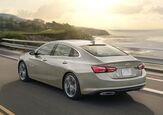
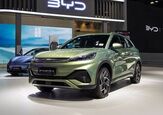
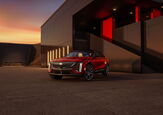













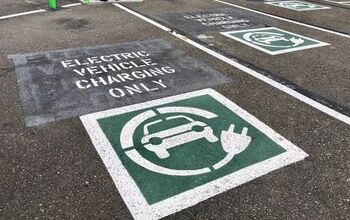


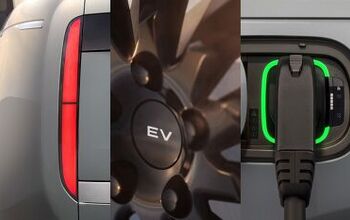
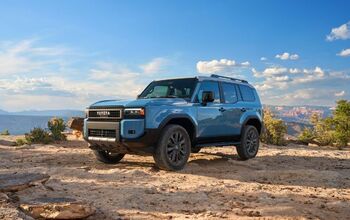

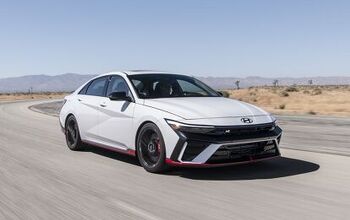
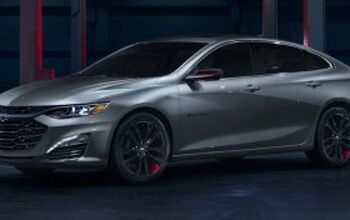
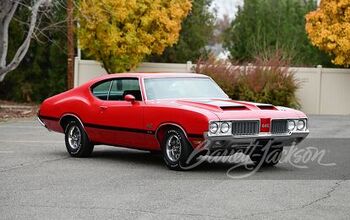




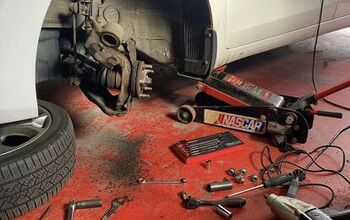

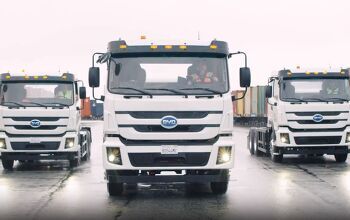
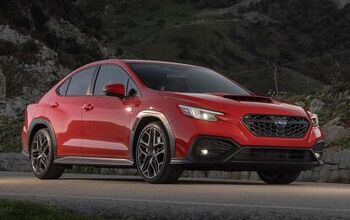
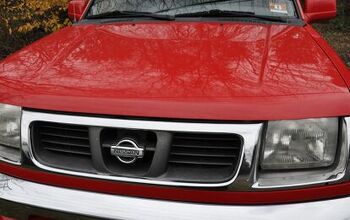
Comments
Join the conversation
Gosh, that took a long time to get posted... (no possibility of editing either).
The days of seeing a car with 90% US content is over. NAFTA has allowed both Mexico and Canada to surpass America in auto parts production. If the US can't compete with Mexico and Canada, how is it to compete with Germany, Japan, and China.